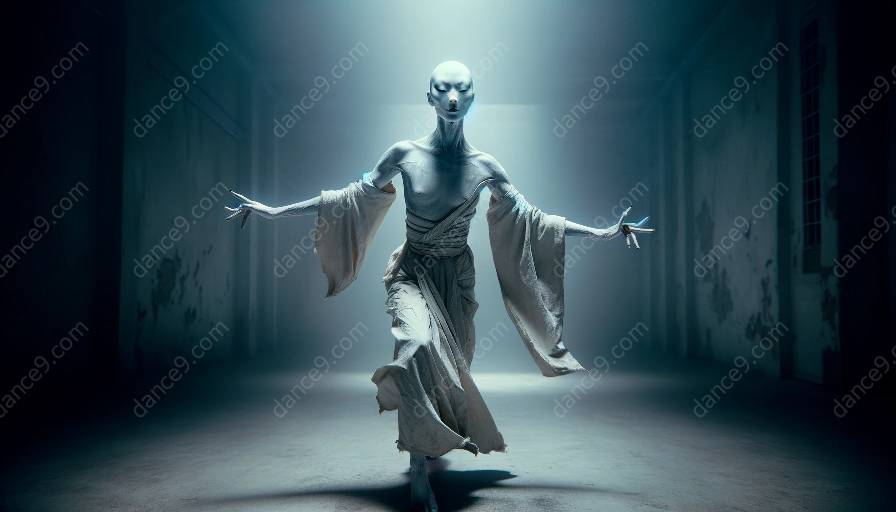Butoh is a form of avant-garde dance that emerged in Japan in the late 1950s, characterized by its raw and visceral movements, as well as its philosophical and political undertones. This article aims to provide a comprehensive introduction to Butoh, delving into its origins, influences, and its relevance to dance classes.
The Origins of Butoh
Butoh originated in the aftermath of World War II, a period of significant social and cultural upheaval in Japan. Influenced by the trauma of war, as well as by Western modern dance and traditional Japanese performing arts, Butoh sought to express the ineffable and the subconscious.
Two influential figures in the development of Butoh were Hijikata Tatsumi and Ohno Kazuo. Hijikata is often credited as the co-founder of Butoh, while Ohno's unique style and philosophies also greatly contributed to the form. Their collaborations and individual works laid the foundation for Butoh's experimental and introspective nature.
Influences on Butoh
Butoh drew inspiration from a variety of sources, including but not limited to Japanese folk traditions, surrealism, and existential philosophy. The form's emphasis on the grotesque, the primal, and the taboo challenged conventional notions of beauty and grace, seeking to explore the full spectrum of human experience.
Moreover, Butoh was deeply influenced by the sociopolitical climate of post-war Japan. It served as a response to the country's rapid modernization and the erosion of traditional values, offering a platform to voice dissent and critique societal norms.
Butoh and Dance Classes
While Butoh's unconventional and often intense movements may seem daunting to beginners, its exploration of the body's potential for expression makes it a compelling addition to dance classes. By delving into the emotional and psychological depths of movement, Butoh offers a unique perspective on the art of dance.
Incorporating Butoh into dance classes can enrich students' understanding of movement, encouraging them to question established norms and connect with their innermost selves. Its emphasis on individual expression and authenticity fosters a supportive and inclusive environment, allowing participants to explore their creativity without constraints.
Conclusion
Butoh's origins and influences have shaped it into a profound and hauntingly beautiful art form. Its resonance with contemporary dance classes offers a gateway to exploring unconventional movement and delving into the depths of human experience. By understanding the history, philosophy, and impact of Butoh, individuals can gain a deeper appreciation for this enigmatic dance form.













































































